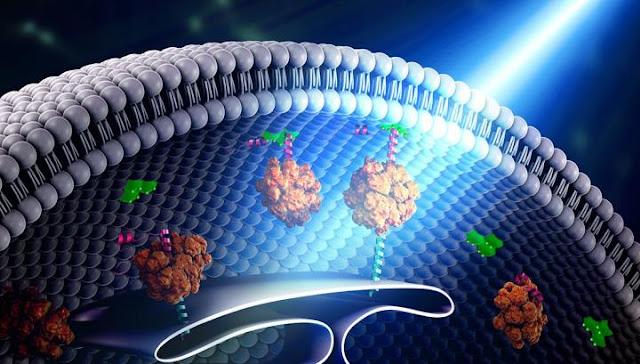Optogenetic Actuators and Sensors Provide Powerful Tools for Studying Cellular Activity and Manipulating Cell Behavior in Living Organisms

Optogenetics Actuators & Sensors
Optogenetics is a rapidly
evolving field that has revolutionized the way we study and manipulate neuronal
circuits. Optogenetics is a technique that allows researchers to control
specific neurons in living tissue using light. The technique involves the use
of light-sensitive proteins called opsins that are genetically targeted to
specific neurons. When these opsins are exposed to light, they cause a change
in the activity of the neuron, allowing researchers to precisely control its
behavior.
The success of optogenetics
depends on two key components: Optogenetics
Actuators & Sensors. Actuators are light-sensitive
proteins that are used to control the activity of neurons, while sensors are
proteins that allow researchers to detect changes in neuronal activity. In this
article, we will explore the different types of optogenetic actuators and
sensors and how they are used in research.
Optogenetic Actuators:
Optogenetic actuators are
proteins that allow researchers to control the activity of neurons using light.
There are several types of optogenetic actuators, including channelrhodopsins,
halorhodopsins, and archaerhodopsins.
Channelrhodopsins:
Channelrhodopsins are a type of
optogenetic actuator that allow researchers to stimulate neurons using blue
light. These proteins are found in green algae and are able to convert light
into an electrical signal that can activate neurons. Channelrhodopsins have
been widely used to study neural circuits and have even been used in clinical
trials to treat blindness.
Halorhodopsins:
Halorhodopsins are a type of
optogenetic actuator that allow researchers to inhibit the activity of neurons
using yellow light. These proteins are found in bacteria and are able to
convert light into a signal that can inhibit neuronal activity. Halorhodopsins
have been used to study a wide range of neurological disorders, including
epilepsy and Parkinson's disease.
Archaerhodopsins:
Archaerhodopsins are a type of
optogenetic actuator that allow researchers to control the activity of neurons
using red light. These proteins are found in archaea and are able to convert
light into an electrical signal that can inhibit neuronal activity.
Archaerhodopsins have been used to study the neural circuits involved in
addiction and reward.
Optogenetic Sensors:
Optogenetic sensors are proteins
that allow researchers to detect changes in neuronal activity using light.
There are several types of optogenetic sensors, including genetically encoded
calcium indicators, voltage indicators, and neurotransmitter sensors.
Genetically Encoded Calcium Indicators:
Genetically encoded calcium
indicators are a type of optogenetic sensor that allow researchers to detect
changes in calcium ion concentrations in neurons. Calcium ions play a critical
role in neuronal activity and are used by neurons to signal to each other.
Genetically encoded calcium indicators have been used to study a wide range of
neurological disorders, including Alzheimer's disease and stroke.
Voltage Indicators:
Voltage indicators are a type of
optogenetic sensor that allow researchers to detect changes in the electrical
activity of neurons. These sensors work by detecting changes in the membrane
potential of neurons, which is the difference in electrical charge between the
inside and outside of the cell. Voltage indicators have been used to study the
neural circuits involved in epilepsy and other neurological disorders.
Neurotransmitter Sensors:
Neurotransmitter sensors are a
type of optogenetic sensor that allow researchers to detect changes in the
levels of specific neurotransmitters in the brain. Neurotransmitters are
chemical messengers that are used by neurons to communicate with each other.
Neurotransmitter sensors have been used to study a wide range of neurological
disorders, including depression and schizophrenia.



Comments
Post a Comment